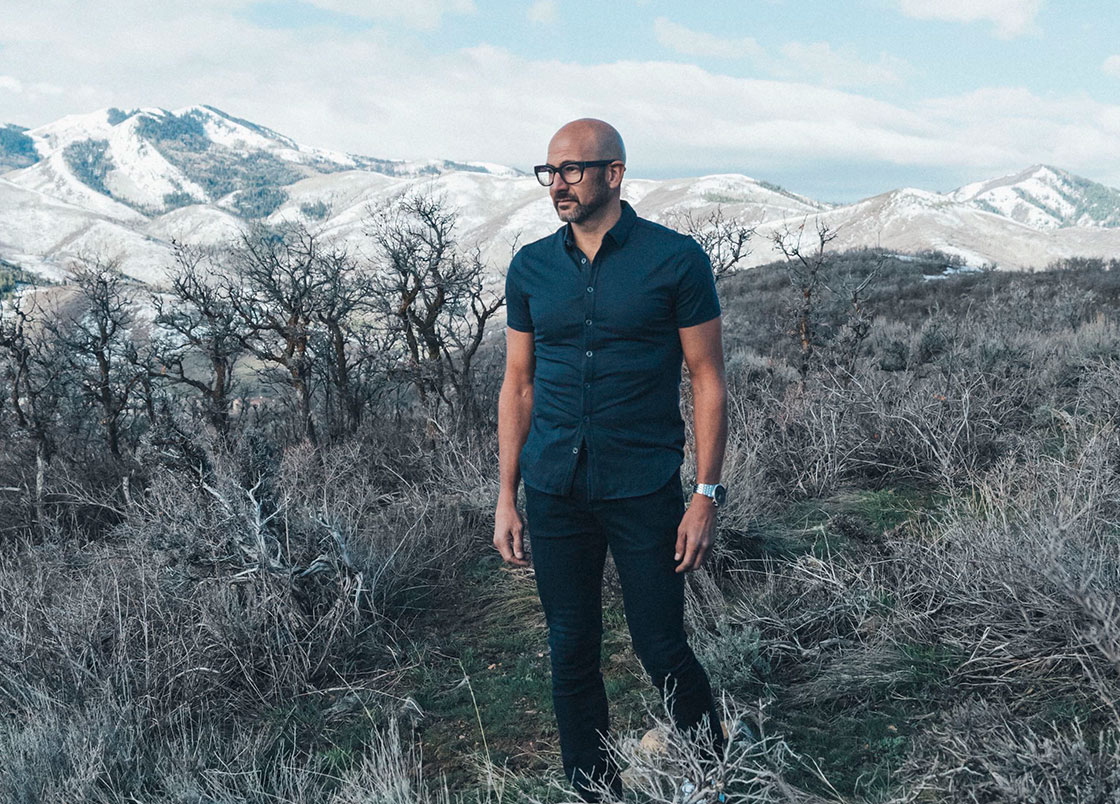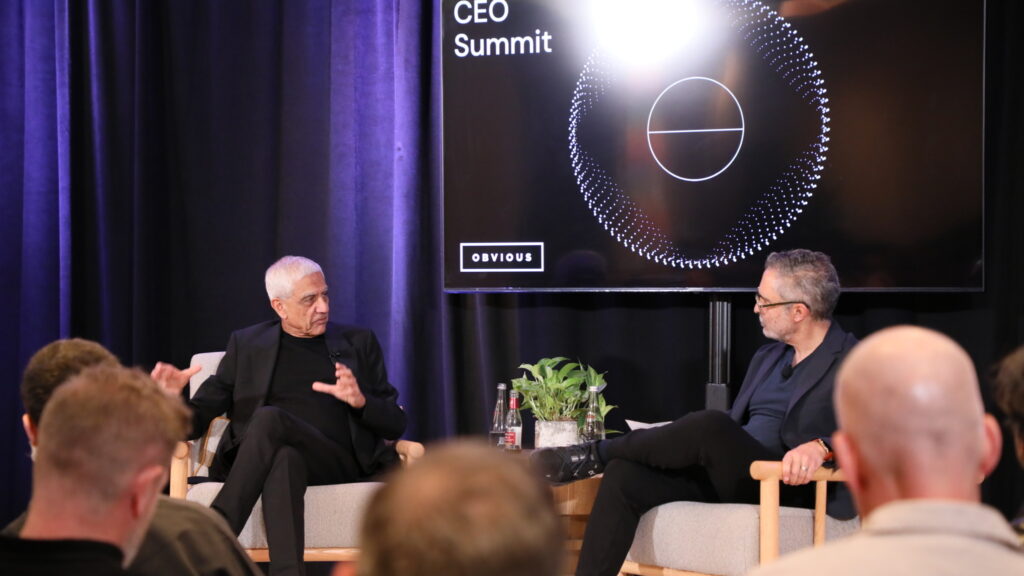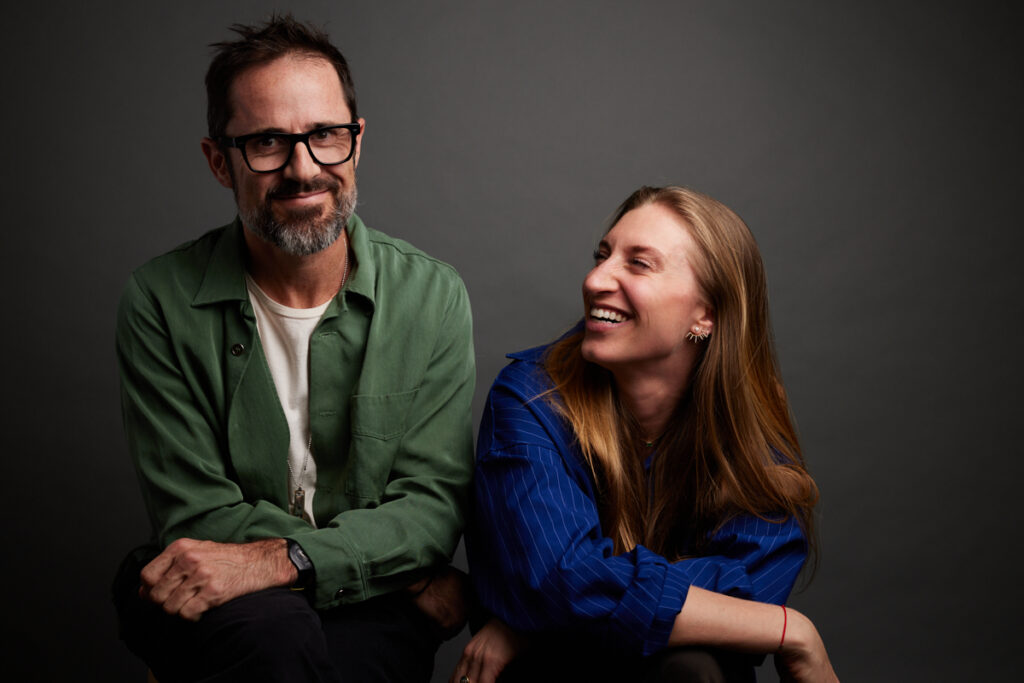Ken Chahine and the Laws of Nature
How the CEO of Nectar Life Sciences got to now—and plans to end allergies as we know them
Emily Brady |

There are two things you should know about Ken Chahine.
The first is that science has always made sense to him. The second is that he’s unafraid of being an outlier.
The science part became obvious early on. Back in high school, Ken floundered academically, but there was one subject where he always got an A—chemistry. Something about it was just intuitive for him.
“I was a terrible high school student,” Ken says. “In retrospect, I was bored stiff. But if I tell you don’t study for any class, and you have one class when you’re getting an A and the rest where you’re getting Ds, you’re gonna know what you’re good at. It ends up being a perfect experiment.”
Fortunately, Ken lit up in college and his scientific talent caught the eye of a chemistry professor at Florida State. After teaching him how to examine the chemical composition of metals and other pollutants in the Everglades, the professor wrote him a stellar letter of recommendation, including this insight: “The laws of nature come naturally to Ken.”
This inherent understanding of the laws of nature has defined Ken’s career, from his PhD in biochemistry to the nine years he spent leading DNA testing at Ancestry.com. This throughline led to his current role as founder and CEO of Nectar Life Sciences, a healthcare company poised to revolutionize allergy treatments.
Driving it all: An insatiable curiosity about nature and science and a drive to blaze his own path.
Against the grain
The journey began in earnest at the University of Michigan, where he landed a fellowship in the Department of Biological Chemistry. It was early days in genetics—there wasn’t even a Department of Genetics or Molecular Biology—but there was a young professor named Daniel Goldman, who was playing around with DNA, and another researcher named Francis Collins, who would go on to lead the Human Genome Project and the National Institutes of Health. Ken quickly got swept up in this new research.
“I fell in love with genetics, DNA, and molecular biology,” he recalls. “I was young and didn’t understand the breadth of what was going on. In retrospect, the emergence of this amazing work in genetics was taking place.”
Sometimes when Ken was in the lab, his allergies would flare up.
Given the nature of his work with chemicals and radiation, he couldn’t simply stop to blow his nose. Instead, he’d go home, take antihistamines, and lay down until his allergies were under control again—and only then return to the lab to finish his work. Ken’s dust mite allergy made his life miserable at times, a challenge that would later become his life’s work.
He went on to earn a PhD in biochemistry, focusing on molecular changes in nerve regeneration. The traditional next step was a career in academia, but there was a hitch: Ken wanted to apply his work in industry. Even though his decision was greeted with disapproval by his professors and colleagues, Ken followed his curiosity.
“It was a no-no, but I wanted to produce something and not just do theory,” he says.
So Ken went to work as a molecular biologist at drug developer Parke-Davis. He spent a surprising amount of time explaining his findings to patent attorneys, few of whom understood what he was talking about. Ken sensed an opportunity.
What if he went to law school and sat on the other side of the table?
“Everyone thought it was the dumbest idea they ever heard,” Ken recalls. “No one understood what I was doing.” Undeterred, Ken applied to law school anyway. “It ended up being a phenomenal experience,” he says. “I loved the philosophy and the deep questions.”
After earning his law degree at the University of Utah, Ken went to work at a patent firm, where his theory proved right—anyone with a degree in molecular biology wanted to talk to him and his genetic expertise brought in a lot of business.
Ken spent the ensuing years working as a patent lawyer, writing articles for the science journal Nature Biotechnology, and eventually working his way up the ranks to become CEO at a gene therapy company.
“What do you think about DNA?”
One spring afternoon, not long after the gene therapy company was sold, Ken was having a beer with a neighbor in his backyard in Park City, Utah. The neighbor also happened to be CEO of Ancestry.com.
“What do you think about DNA?” he asked Ken.
“There’s a lot I believe we can do with DNA,” he replied. Before long they joined forces, and Ancestry.com was in the DNA business with Ken at the helm.
“I literally started AncestryDNA. I was employee number one,” he says. “We built it from the ground up.”
Ken took a different approach than Ancestry’s competitors in three key ways: He developed a broader test allowing women to participate (before, the test only worked on the male Y chromosome), he built a map into the product illustrating ancestral origin, and he harnessed the power of AI.
“When I joined, you could only tell that someone was either from Europe, Africa or Asia. My point was that you didn’t need a DNA test for that,” he says “What you need is a test that tells you if you are part Irish or part German. That’s what people wanted to know.”
By the time Ken left Ancestry, people could not only tell they were Irish, they could tell with 99% accuracy, which region in Ireland their ancestors came from. Ancestry was conducting over 10 million tests a year at that point. Each test required tubes of saliva to be sent to a lab, where the DNA was extracted. It was then tested for genetics, and uploaded to the cloud, where the Ancestry algorithm was applied to it.
“It was a pretty complex operation, and we scaled it very, very well,” Ken says with pride.
A massive and underserved category
After a nearly decade at Ancestry, Ken decided it was time to do something new, impactful, and at scale. His path led him back to the allergies that plagued him in his youth, and to a partnership with Juxtapose and Obvious Ventures.
It turns out that many other Americans are impacted by allergies—120 million of them, or one in three, to be exact. Allergies are the leading chronic health issue in the US, and are growing at twice the rate of diabetes.
“The category is massive and underserved,” Ken says.
In July of 2021, Ken co-founded Nectar Life Sciences to tackle the category head on.
Today, if someone wants long-term relief from their allergies, the only available path of treatment is allergy shots. Allergy shots train the immune system to cease reacting to the allergen it perceives as a threat, but it turns out that you can achieve the same results by taking a drop of medicine under your tongue every day. Oral drops are also easier to take, especially for kids.
This is where Nectar comes in. The company plans to release its first direct-to consumer product for environmental allergies in the coming months. The next phase will involve building comprehensive brick-and-mortar allergy centers where people can go for an array of allergy treatments.
“We want to become the world’s experts around immunotherapy and sublingual treatment,” Ken says. “We talk about the end of allergies.”
Given his innate understanding of science and his deep curiosity, Ken and his team stand a great chance of getting there.



